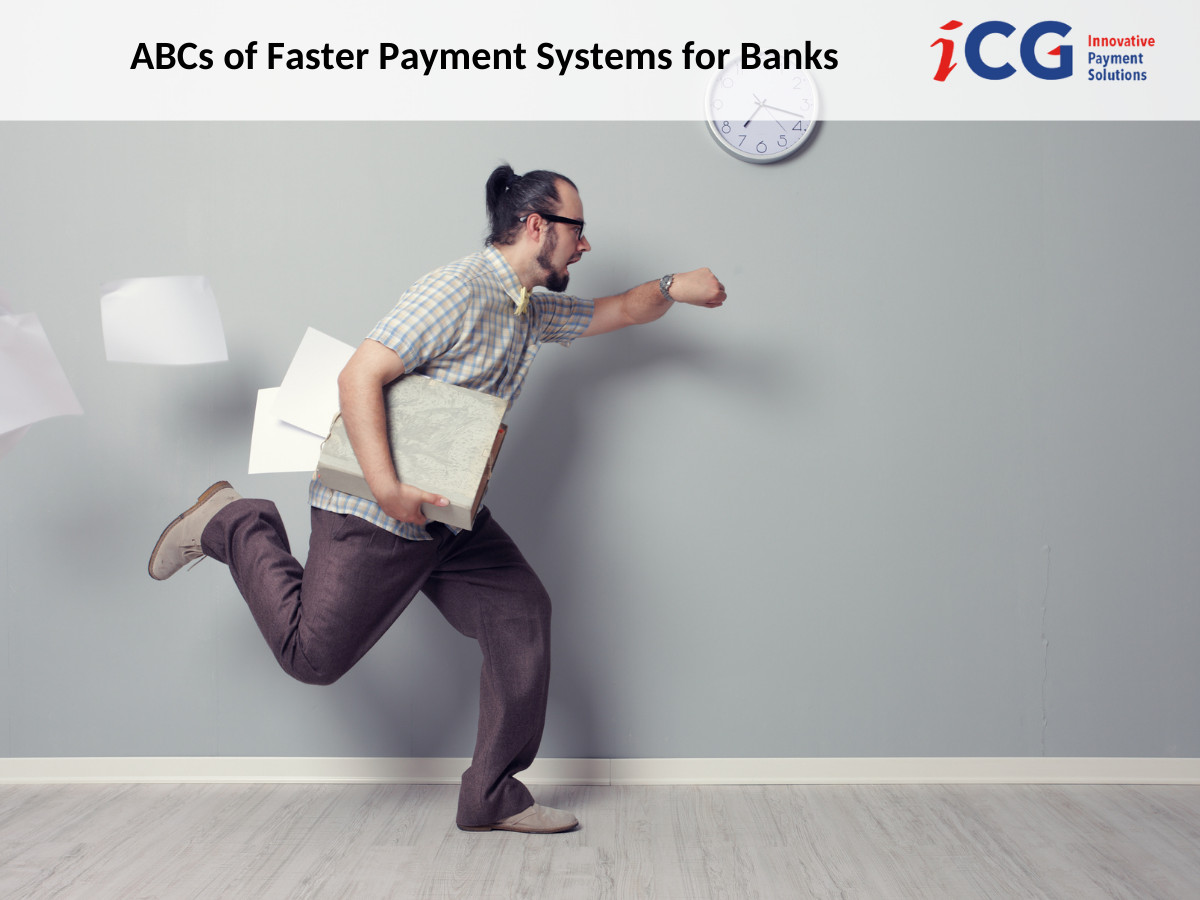Digital transformation efforts in the financial sector are mainly geared towards one of the following goals:
- Increase convenience
- Increase speed
- Reduce costs
If a project fulfills one or more of these goals, it is deemed complete/successful. Correct implementation and tracking of such goals help organizations get the best ROI. This blog discusses the importance of increased speed and convenience for financial institutions with faster payment systems.
What are Faster Payments?
Before the 80s, most consumers carried out payment processing via paper checks and cash. Since they had no real-time cashless payment system, they often had to wait several days before receiving funds in their accounts. However, with the increased use of online payment processing in the United States, financial institutions started offering faster payment acceptance solutions. Faster payments essentially help the payee receive funds in their accounts the same day as the payer transferred them. However, that’s not all. To be classified as a faster payment solution, the technology should meet the following criteria:
- Help both the payer and the payee check the transaction reflected in their respective account balances immediately (in real-time)
- Help the payee access and use the funds received immediately after the payer completes the transaction
There is some level of risk involved with faster payment systems. While adopting these, a financial institution should take specific measures to minimize and prevent risk. Learn how to reduce risk while adopting faster payment systems.
Types of Faster Payments
Closed vs. Open Payments
Closed payment systems are the ones that transfer funds via a limited single central provider—for example, Paypal. To transfer funds via Paypal, both the payee and payer should have individual accounts within the Paypal ecosystem. In an open system, the payer will transfer an amount to any payee, even if they have an account with a different financial institution—for example, VisaDirect, MasterCard Send, and FedNow.
Real-Time vs. Deferred Settlement
In real-time payments, the financial institution does not undertake any risk while transferring funds. It immediately receives funds from the payer’s accounts and transfers them to the payee. Once the payee’s financial institution accepts the payment, the funds are available for instant use. The FedNow Service is an excellent example of the RTP (Real-Time Payment) System. Instant payments and real-time payments are interchangeable terms.
In case of a deferred payment, the payer still receives the funds quickly. However, the said funds are transferred at risk by the payee’s financial institution. In such cases, the payee has yet to pay its financial institution the funds. To sum it up, all real-time payments are faster payments, but all faster payments are not real-time payments.
Other Classification
Depending on the type of payee and payer, the other classifications for faster payments include:
- Person-to-Person (P2P)
- Consumer-to-Business (C2B)
- Consumer-to-Government (C2G)
- Government-to-Consumer (G2C)
- Business-to-Consumer (B2C)
- Business-to-Business (B2B)
- Business-to-Government (B2G)
- Account-to-Account (A2A)
Closing Thoughts
Studies show that businesses and consumers have adopted faster payment systems at a record pace since the COVID pandemic. Statistics by the Clearing House indicate that in Q1 of 2022 alone, consumers carried out nearly 36.8 million transactions worth $15.7 billion on the RTP network! With faster contactless payment acceptance services, merchants offer services that prevent the spread of viruses while increasing customer convenience. Moreover, financial institutions that provide these instant payment solutions attract more customers. Such solutions help the merchants shift away from manual, time-consuming, and expensive check and cash payments. Read about the other benefits of contactless payment methods.
More and more financial institutions are hopping onto the RTP network to offer better customer services. As of Q1 2022, 230+ financial institutions actively leverage this network. This network is further powered by payment technologies like SMS payments, Email invoicing, IVR payments, Recurring billing, etc., that make the lives of consumers and merchants easier. Financial institutions don’t need to spend millions of dollars developing such solutions in-house. Instead, they can partner with reliable third-party service providers to start immediately. If you are a bank or a credit union that wants to offer the latest payment technologies to its customers, reach out to us today. Download our catalog to learn more about the latest innovative ACH and credit card payment solutions.
Date originally published: May 30, 2022

